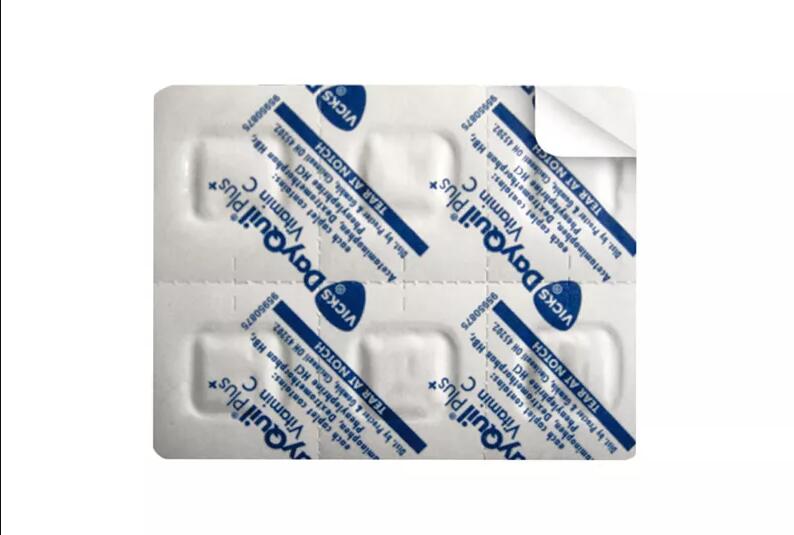In the realm of pharmaceuticals, the packaging materials used play a crucial role in preserving the efficacy and safety of the contained medications. PVC (Polyvinyl Chloride) and PVDC (Polyvinylidene Chloride) are two distinct types of materials frequently employed in pharmaceutical packaging, each contributing to the protection and integrity of medicinal products.
Polyvinyl Chloride (PVC) in Pharma: Polyvinyl Chloride, commonly known as PVC, is a widely used synthetic plastic polymer. In pharmaceutical applications, PVC is utilized for its versatility, cost-effectiveness, and ability to be molded into various forms. It finds its application in the creation of blister packs, shrink wrap, and infusion bags.
Blister Packs: One of the primary uses of PVC in pharmaceuticals is in blister packaging. Blister packs consist of individual compartments that hold each dose of medication. The PVC layer provides a protective barrier, shielding the medication from moisture, light, and contaminants. Moreover, PVC blister packs often include an aluminum foil layer, forming a barrier against oxygen and external influences that could compromise the medication's stability.
Shrink Wrap: PVC is also employed in the form of shrink wrap for grouping multiple units of pharmaceutical products together. This wrap not only secures the products but also serves as an additional layer of protection against external factors.
Infusion Bags: In intravenous therapy and other medical applications, PVC film is used to create flexible infusion bags. These bags are designed to safely contain and administer intravenous fluids and medications. PVC's compatibility with various drugs and its ability to maintain the sterility of the contents make it a suitable choice for these applications.

However, it's important to note that there have been concerns regarding the use of PVC in pharmaceutical packaging due to the potential leaching of plasticizers, which are chemicals used to make PVC flexible. To mitigate this concern, manufacturers often use PVC formulations that are designed to minimize plasticizer migration, and regulatory agencies establish limits on acceptable levels of leachables.
Polyvinylidene Chloride (PVDC) in Pharma: Polyvinylidene Chloride, referred to as PVDC, is another polymer commonly used in pharmaceutical packaging. PVDC is known for its excellent barrier properties, particularly its ability to block oxygen and moisture. These attributes make it an ideal choice for packaging materials that need to preserve the stability of sensitive medications.
Blister Films: PVDC is often employed as a coating for blister packaging films. The PVDC layer acts as a barrier against moisture and oxygen, ensuring that the medication remains intact and effective throughout its shelf life. The use of PVDC in blister packaging is particularly important for drugs that are sensitive to environmental factors.
Aqueous Coating: In some cases, PVDC is also used as an aqueous coating on solid dosage forms like tablets. This coating provides an additional layer of protection against moisture and oxygen, maintaining the quality of the medication.
Conclusion: In the pharmaceutical industry, the choice of packaging materials is of paramount importance to ensure the safety, efficacy, and shelf life of medications. PVC and PVDC are two materials that find application due to their distinct properties. While PVC's versatility makes it suitable for various packaging forms, PVDC's exceptional barrier properties are crucial for protecting medications that are sensitive to environmental factors. The continuous advancement of materials science and regulatory standards ensures that pharmaceutical packaging evolves to meet the stringent requirements of preserving medicinal integrity and patient well-being.




Comments
Please Join Us to post.
0